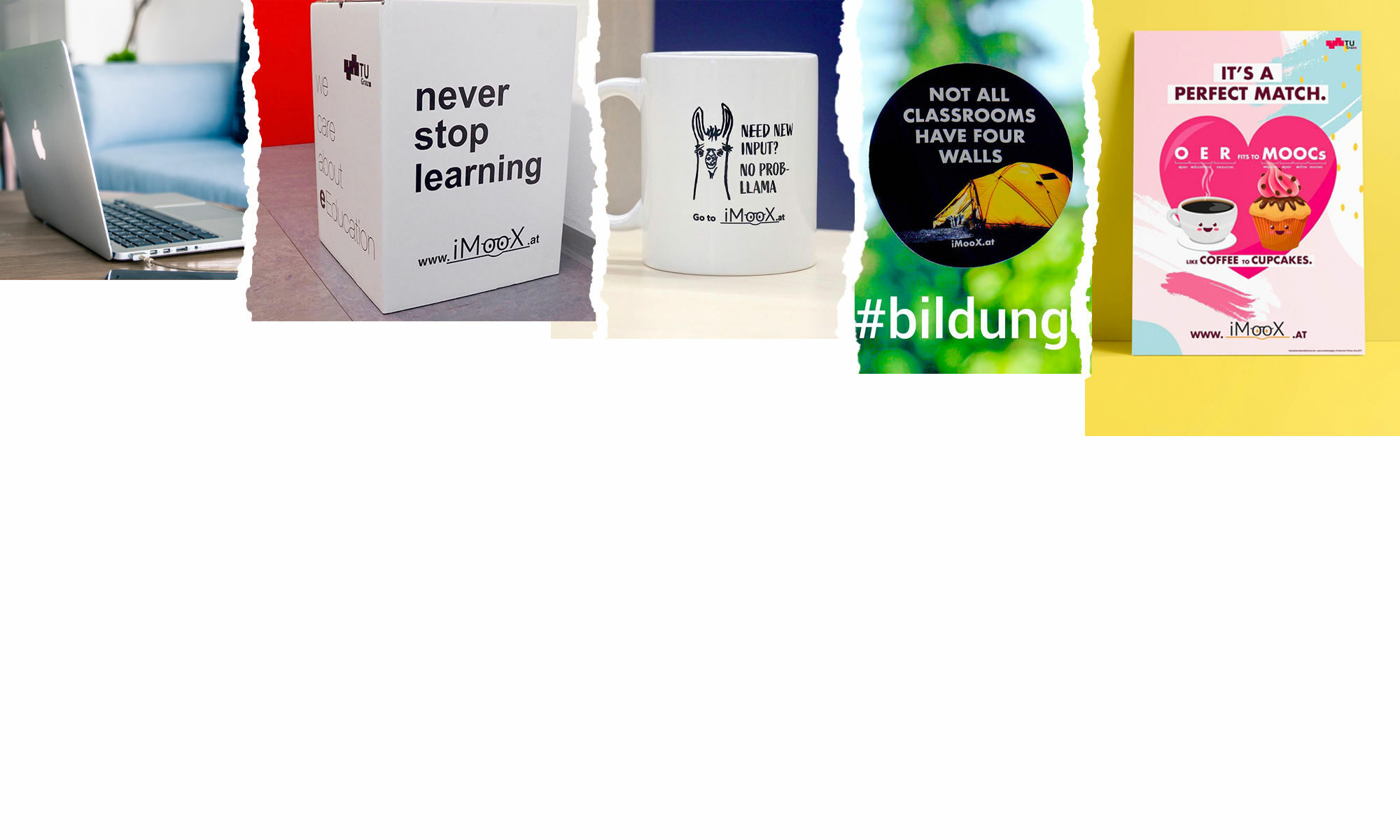Our publication „The Benefits of Geo-Tagging and Microblogging in m-Learning: a Use Case“ of this year MindTrek 2009 conference is online available.
Abstract:
The recent years have shown the remarkable potential use of Web 2.0 technologies in education, especially in the context of informal learning. The application of Wikis for collaborative work is one example for this theory applied. The support of learning in those fields of education, which are strongly based on visual location-based information, could also benefit from Geo-Tagging, a technique that has become popular lately. This paper presents first development results on the combination of these two concepts into a geospatial Wiki for higher education, TUGeoWiki. Our solution proposal supports mobile scenarios where textual data and images are managed and retrieved during m-Learning in- the-field as well as some desktop scenarios in the context of collaborative e-Learning. Within this scope, one critical issue arises while adding and updating textual information via the collaborative interface, which can be cumbersome in mobile scenarios. To solve this problem, we integrated another popular concept into our solution approach, Microblogging. Thus, the information pushed via short messages from mobile clients or microblogging tools to our m-Learning environment enables the creation of Wiki-Micropages as basis for subsequent collaborative learning scenarios.
Reference: Safran, C., Garcia-Barrios, V.M.; Ebner, M. (2009) The Benefits of Geo Tagging and Microblogging in m-Learning: a Use Case, in Proceedings of ACM Academic MindTrek 2009 – Everyday Life in the Ubiquitous Area, MindTrek 2009, Tampere, Finland, p. 135-141, 2009
